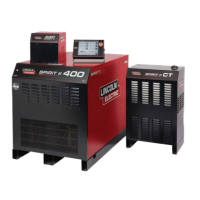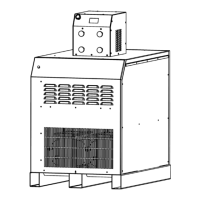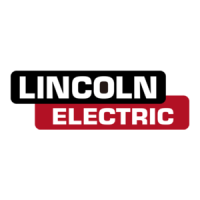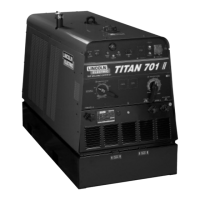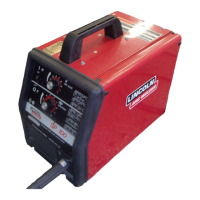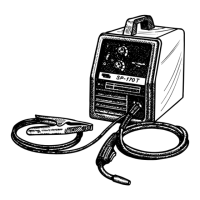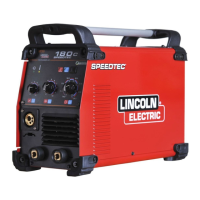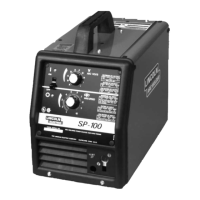This information is subject to the controls of the Export Administration Regulations [EAR]. This information shall not be provided to
non-U.S. persons or transferred by any means to any location outside the United States contrary to the requirements of the EAR.
Technical Manual
SPIRIT II 400
Register your equipment:
www.lincolnelectric.com/register
Save for future reference
Date Purchased:
Model Number:
Serial Number:
THE LINCOLN ELECTRIC COMPANY
BK8053-000095 Rev C |
Issue Date: 23-May-2018 4130 Carolina Commerce Pkwy Ladson, SC 29456 U.S.A.
© Lincoln Global, Inc. All Rights Reserved Phone: +1.843.695.4000 www.lincolnelectric.com
Manual Plasma Cutting System
with FineLine High Definition Technology
